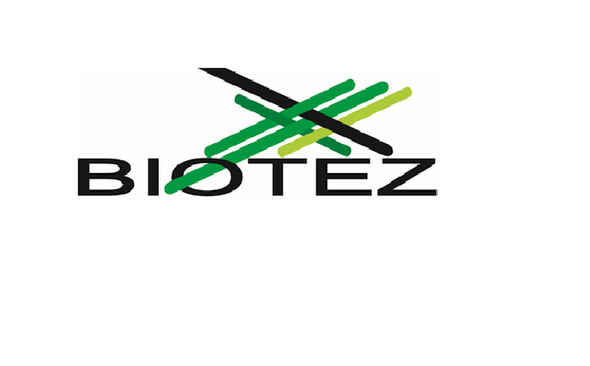Description
HUMAN CD147 (22-205) RECOMBINANT PROTEIN, FC-TAG (CHO)
Recombinant human CD147 (22-205) was expressed in CHO cells using a C-terminal Fc-tag and binds to the SARS Coronavirus 2 (COVID-19) receptor binding domain (RBD).
PRODUCT DETAILS – HUMAN CD147 (22-205) RECOMBINANT PROTEIN, FC-TAG (CHO)
- Human CD147 (22-205) recombinant protein (18-615, Accession: NM_198589).
- Manufactured in CHO cells with C-term human Fc-tag.
- Presented in 50mM Tris-HCl, pH7.5, 90mM Glycine.
- Purified to greater than 90% purity, as measured by densitometry.
BACKGROUND
CD147 (also known as Basigin or EMMPRIN) is a highly glycosylated transmembrane protein which belongs to the immunoglobulin superfamily and acts as the main upstream stimulator of matrix metalloproteinases (MMPs) (Kong et al., 2014). It is present in multiple cellular types in lung and highly expressed in type II pneumocytes and macrophages at the edges of the fibrotic zones (Guillot et al., 2006). Expression levels of CD147 and MMPs are often increased in tumor tissue, inflammation and pathogenically infected cells and is associated with cancer progression (Mattos et al., 2002). Patients with severe asthma have high levels of MMP-9 in sputum and influenza A virus infection increases CD147 expression in cells from asthmatics (Moheimani et al., 2018). CD147 also acts as an RBC receptor for Plasmodium falciparum, a Malarial protozoan (Wang et al., 2020).
Cyclophilin A (CyPA) is a ubiquitously distributed cellular protein and is thought to assist protein folding and to function as a chaperone. It can be integrated with virions of some viruses, including HIV-1 and vaccinia virus and plays a role in viral invasion or replication. CD147 is a receptor for CyPA and contributes to viral infection or inflammation. SARS-CoV nucleocapsid (N) protein bound to CyPA has been shown to interact with a member of the CD147 family (Chen et al., 2005). SARS-CoV-2 invades host cells via two receptors, angiotensin-converting enzyme 2 (ACE2) and CD147. The virus Spike protein (S) binds to ACE2 or CD147 on the host cell, mediating viral invasion and dissemination of virus among other cells. CD147 therefore plays a functional role in mediating the viral invasion of the host cell. It therefore provides a key target for the development and administration of specific anti-SARS-CoV-2 receptor blocking drugs and may offer a novel therapeutic strategy against viral invasion (Ulrich & Pillat, 2020).
REFERENCES
- Chen Z, Mi L, Xu J, et al. Function of HAb18G/CD147 in invasion of host cells by severe acute respiratory syndrome coronavirus. J Infect Dis. 2005;191(5):755-760.
- Guillot S, Delaval P, Brinchault G, et al. Increased extracellular matrix metalloproteinase inducer (EMMPRIN) expression in pulmonary fibrosis. Exp Lung Res. 2006;32(3-4):81-97.
- Kong LM, et al: A regulatory loop involving miR-22, Sp1, and c-Myc modulates CD147 expression in breast cancer invasion and metastasis. Cancer Research. 2014, 74(14):3764-78.
- Mattos W, Lim S, Russell R, Jatakanon A, Chung KF, Barnes PJ. Matrix metalloproteinase-9 expression in asthma: effect of asthma severity, allergen challenge, and inhaled corticosteroids. Chest. 2002;122(5):1543-1552.
- Moheimani F, Koops J, Williams T, et al. Influenza A virus infection dysregulates the expression of microRNA-22 and its targets; CD147 and HDAC4, in epithelium of asthmatics. Respir Res. 2018;19(1):145.
- Ulrich H, Pillat MM. CD147 as a Target for COVID-19 Treatment: Suggested Effects of Azithromycin and Stem Cell Engagement. Stem Cell Rev Rep. 2020;16(3):434-440.
- Wang K, et al SARS-CoV-2 invades host cells via a novel route: CD147-spike protein. BioRxiv. 2020 doi: https://doi.org/10.1101/2020.03.14.988345.






